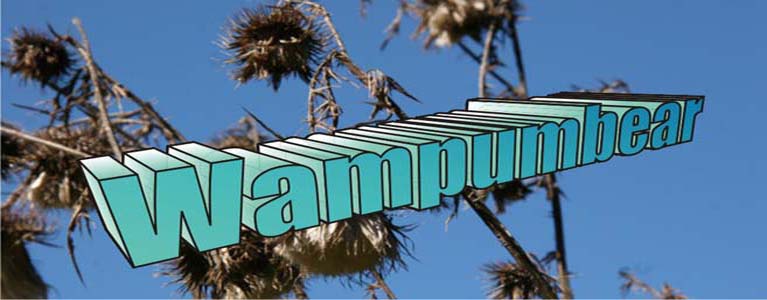 |
 |
Photographs (left to right): Sunflower, Canandaigua Lake, New York: Thistles, Rush, New York; Desert Candles, San Rafael, Utah
Wampum Belt Archive
Black Hawk Belt


Richard D. Hamell December 01 2023
Beaded length: 44 inches. Buckskin |
|
Beaded Length: |
|
Column 347. Rows: 11. Beads 3,817. Polymer. |
|
Warp: Deer Leather. Weft: Artifical Sinew |
Description:
Chief Black Hawk, a famous Asakiwaki (Sauk) leader of the Michigan Nations, served under Tecumseh in 1811 as part of the great Shawnee movement to thwart American expansion.
Black Hawk sent this belt to the Nations at Traverse Bay, Michigan to convey to them to remain neutral during the campaigns at Michilimackinac.
His passive resistance to stop the federal government from taking Sauk lands failed. Sauk territory had been taken through a misunderstood provision of an 1804 treaty.
Black Hawk felt those who signed the treaty did not have the authority to do so. This treaty lead to caused many Sauk to take-up arms and join the British in the War of 1812.
It was Black Hawk who said: “The earth is our Mother. Who among us has a right to sell his mother?” In 1813, when Black Hawk and his followers returned to plant crops along Rock River in Illinois, they found squatters occupying their lands.
In a series of skirmishes (now known as Black Hawk's War), over 500 men, women, and children were killed. Abraham Lincoln, who would become the 16th President of the United States, fought in this "war".
T he loss of the land he loved so deeply saddened Black Hawk until his death. A year later, his grave was robbed by white vandals, who tried to show his head and other parts in a tent exhibit.
he loss of the land he loved so deeply saddened Black Hawk until his death. A year later, his grave was robbed by white vandals, who tried to show his head and other parts in a tent exhibit.


Repatriation
The Field Museum of Natural History purchased the wampum belt in 1900 from Henry Hysen of Wisconsin. The Field Museum of Natural History accessioned the wampum belt into its collection the same year (catalog number 68567). Museum records indicate that Mr. Hysen purchased the wampum belt ``from the owner who lived on the Stock Ridge Reservation, one of the Brotherton Indians whose family had held the belt since it was sent to them by Chief Black Hawk as a message to the tribes of the Michigan and Wisconsin Indians assembled at Travers bay to hold them in control during his warfare.'' A separate catalog entry, that is neither attributed nor dated, identifies the belt as the Peace and Friendship Belt sent by ``Black Hawk war chief of the Sauk tribe of Indians in the year A.D. 1832 to the Ottawa tribe, residing near Traverse Bay, Michigan, asking them to remain neutral in the war which Black Hawk was about to wage against the American Government.'' It further provides that the belt had ``been kept in the family of the old chief Ta-ko-se-gun and by his son-in-law presented to G.T. Wendell.''
The wampum belt is culturally affiliated with the Brotherton Indians. Expert opinion submitted to the Field Museum of Natural History by the
Stockbridge Munsee Community, Wisconsin supports the finding that any Brotherton Indian living on the Stockbridge Reservation at the time the
wampum belt was acquired would have been considered a full member of the Stockbridge tribe (now called the Stockbridge Munsee Community, Wisconsin).
Reference:
Jacobs, Gladys. 2013. Personal Communication. gladys.jacobs@mohican-nsn.gov
West Point - A Trip For the Ages: http://mohican-nsn.gov/Photo_Galleries/WestPoint/ATripForTheAges.htm
Notice of Intent To Repatriate a Cultural Item: Field Museum of Natural History, Chicago, IL. http://www.gpo.gov/fdsys/pkg/FR-2003-04-04/html/03-8193.htm
 |
 |
 |
 |
 |
 |
 |
 |
|---|